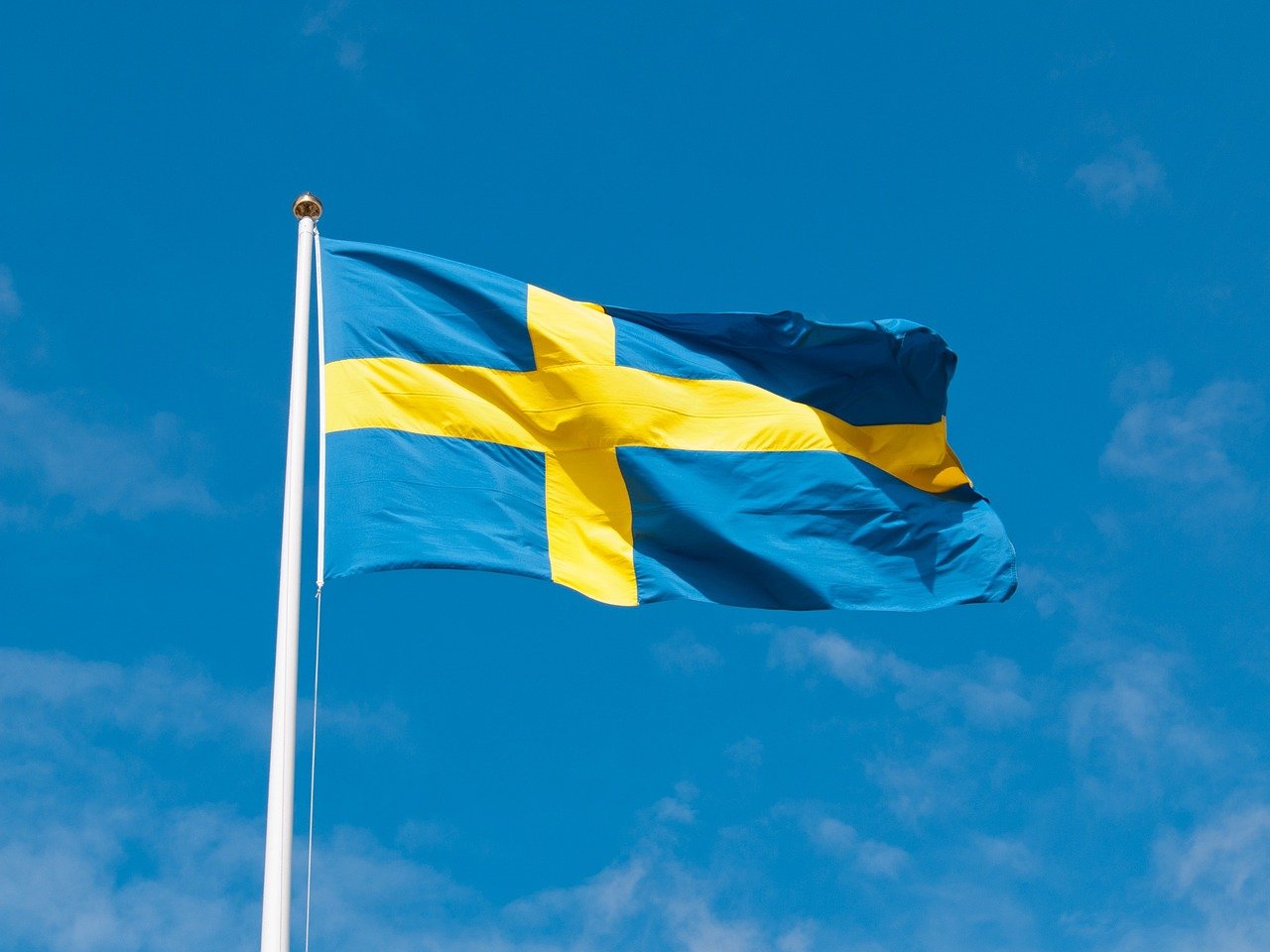Sweden and Finland have entered a new chapter after joining NATO, shifting from their long-standing neutrality to full membership. This major decision, driven by security concerns following Russia’s invasion of Ukraine, has brought unexpected economic and defense benefits.
Since Sweden officially joined NATO in March 2024, the country has gained access to key defense agreements, opening new doors for its industries. Saab, a leading Swedish defense company, has already secured major deals with the NATO Support and Procurement Agency (NSPA), something that was not possible before. According to Saab’s CEO, Micael Johansson, Sweden is no longer seen as an outsider but as a trusted partner.
Finland shares similar benefits. Its ambassador to the UK, Jukka Siukosaari, highlights how NATO membership has created new business opportunities for Finnish companies in the defense sector and beyond.
NATO’s push for higher defense spending has also given Sweden and Finland an edge. While many NATO members struggle to meet the 2% GDP defense spending target, Sweden and Finland are already ahead. In 2023, Finland allocated 2.4% of its GDP to defense, while Sweden spent 2.2%. Both countries aim to increase this to between 2.6% and 3% in the coming years.
This investment is already transforming Europe’s northern defense strategy. New NATO bases are being established, and joint defense forces are taking shape in northern Finland. The Joint Nordic Air Command, a unified air defense system that includes Sweden, Finland, Norway, and Denmark, now controls 250 combat aircraft with shared intelligence and flexible basing.
Additionally, NATO members are focusing on restocking advanced weaponry, including missiles and anti-tank systems. These developments signal a new era for Sweden and Finland, strengthening their security and boosting their economies through defense collaborations.





















